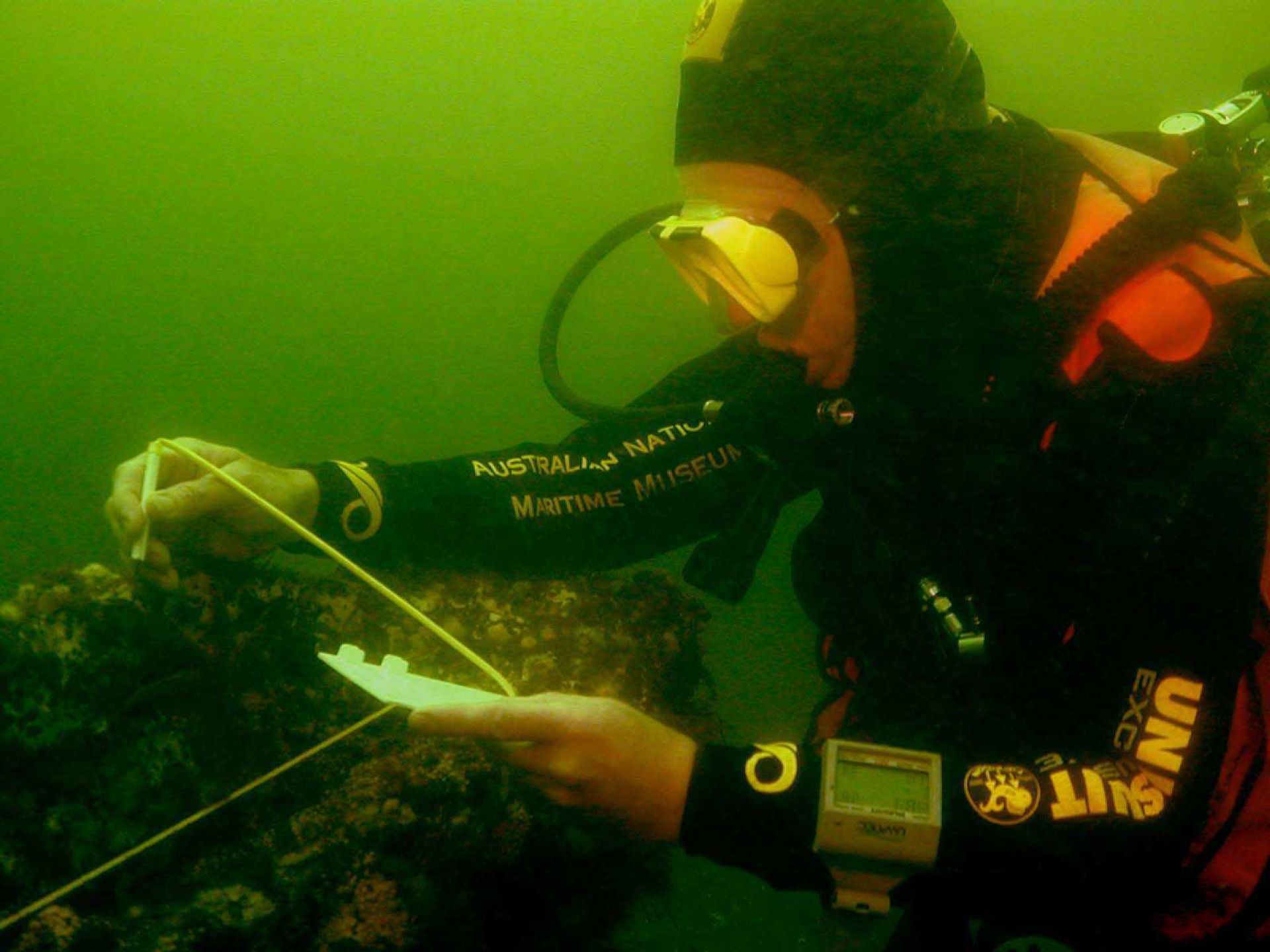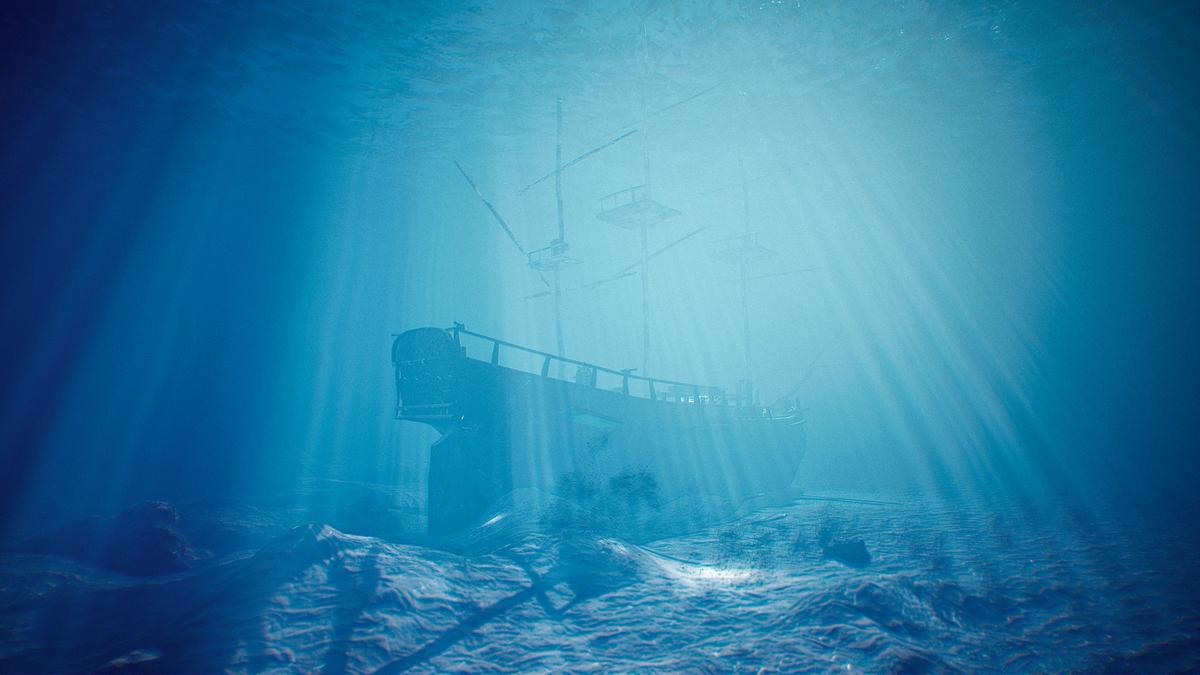An international spat has erupted between maritime archaeologists over the identity of a shipwreck which has lain in the muddy depths of Newport Harbour, Rhode Island, US, for 244 years.
The wreck is HMB Endeavour, the tough little bark that carried Captain James Cook around the South Pacific and on to Australia where, in 1770, he mapped the east coast and claimed it for Great Britain. So said Kevin Sumption, the director of Sydney’s Australian National Maritime Museum (ANMM), at a major announcement on January 3.
“I am satisfied that this is the final resting place of one of the most important and contentious vessels in Australia’s maritime history,” Sumption said. “Based on archival and archaeological evidence, I’m convinced it’s the Endeavour.”
But Sumption was swiftly rebuked by Kathy Abbass, the executive director of the Rhode Island Marine Archaeology Project (RIMAP), who accused the Australians of jumping the gun with the announcement.
“What we see on the shipwreck site under study is consistent of what might be the Endeavour, but there has been no indisputable data to prove the site is that iconic vessel, and there are many unanswered questions that could overturn such an identification,” Abbass said in a statement.

A member of the Australian National Maritime Museum team at the wreck Courtesy of the Australian National Maritime Museum
Sumption next defended the ANMM, pointing to a “preponderance of evidence” that the wreck was the Endeavour. In her statement Abbass also accused the ANMM of breach of contract. But the ANMM marine archaeology manager Kieran Hosty told The Art Newspaper that the memorandum of understanding between the two bodies had expired in November 2021.
RIMAP and the ANMM have been partners in the Newport Harbour wreck project for 22 years. During that time, the harbour’s eight wrecks have been systematically surveyed and studied, Hosty said.
Hosty was personally confident that the Endeavour was now correctly identified. He said the finding was based on field work carried out by contract archaeologists working on behalf of the ANMM last September while overseas travel was restricted. The length of the wreck had been matched with historical plans of the Endeavour, and rare joinery methods known to have been used in the Endeavour’s construction had been discovered on site.
Originally a collier ship called the Earl of Pembroke, the Endeavour was launched in Whitby, England, in 1764. She was renamed Endeavour in 1768 when the British Navy fitted her out for Cook’s scientific voyage to the South Seas. Endeavour was sold to a private owner and became the Lord Sandwich 2. In 1778 she was scuttled in Newport Harbour in a bid to keep French ships at bay during the American War of Independence.
What now for the Endeavour? Hosty said many First Nations Australians would be strongly against displaying it in Australia, given the ship’s role in ending 65,000 years of traditional life for Aborigines and Torres Strait Islanders. “That's something we have to keep in the forefront of our mind, that this is a very contentious vessel,” Hosty said. “We can learn from it, but we don't want to glorify it.”
Neither do Americans have much affection for the Endeavour. “A couple of hundred American prisoners were held on board before it was scuttled,” Hosty said. “It had an infamous reputation during the American War of Independence.”
The Endeavour had a remarkable life “for what started as a few oak trees growing in England”, Hosty said.


